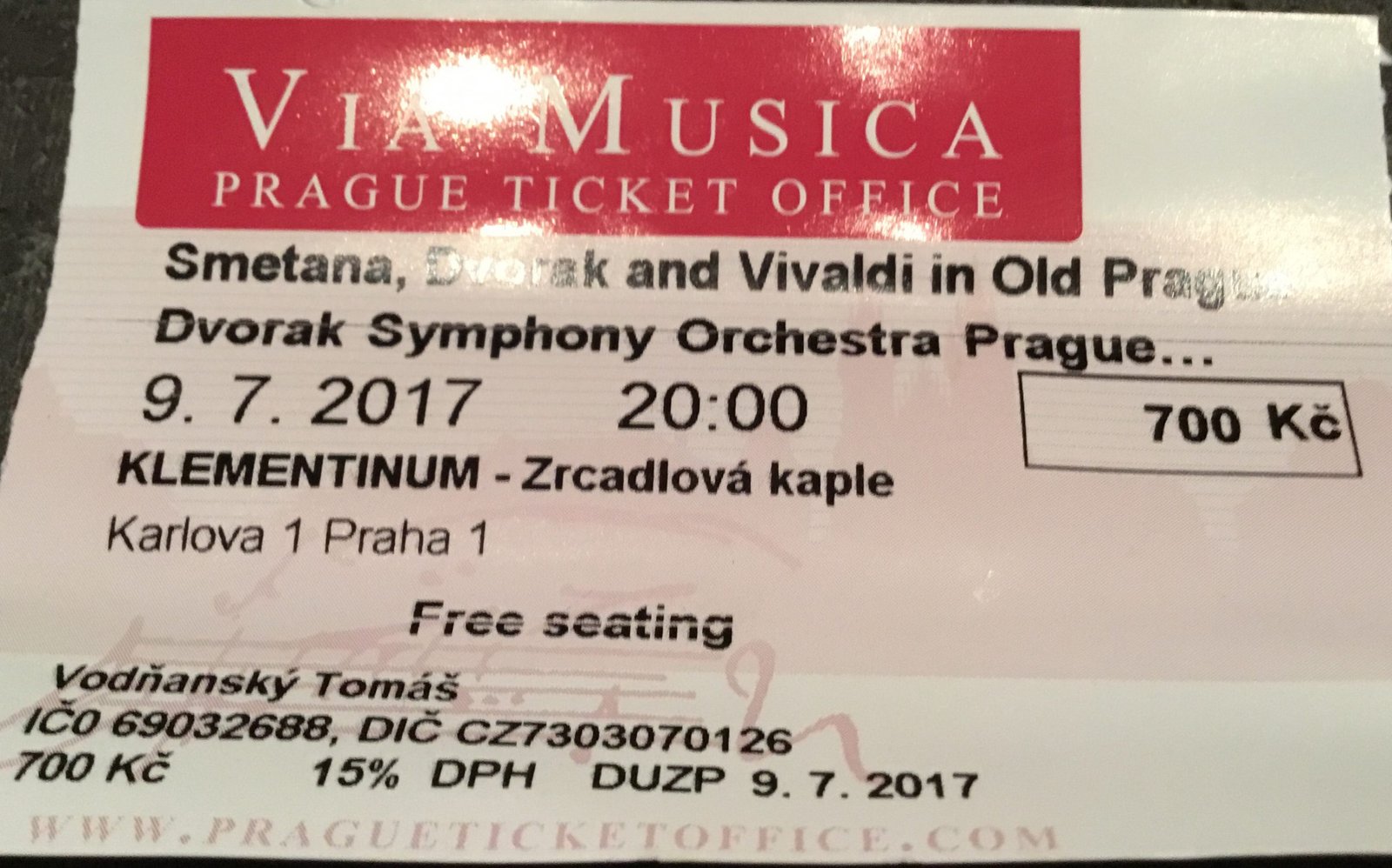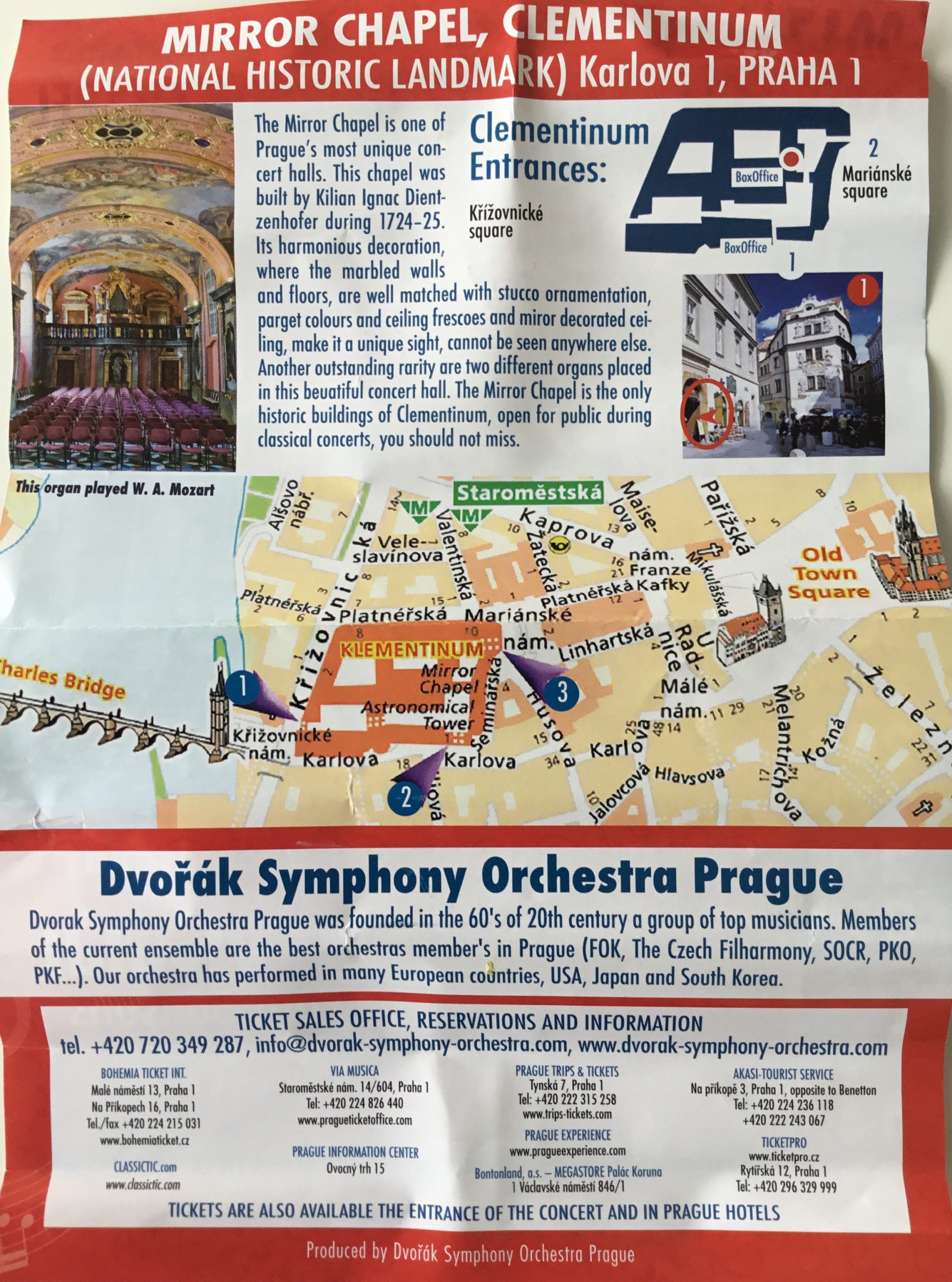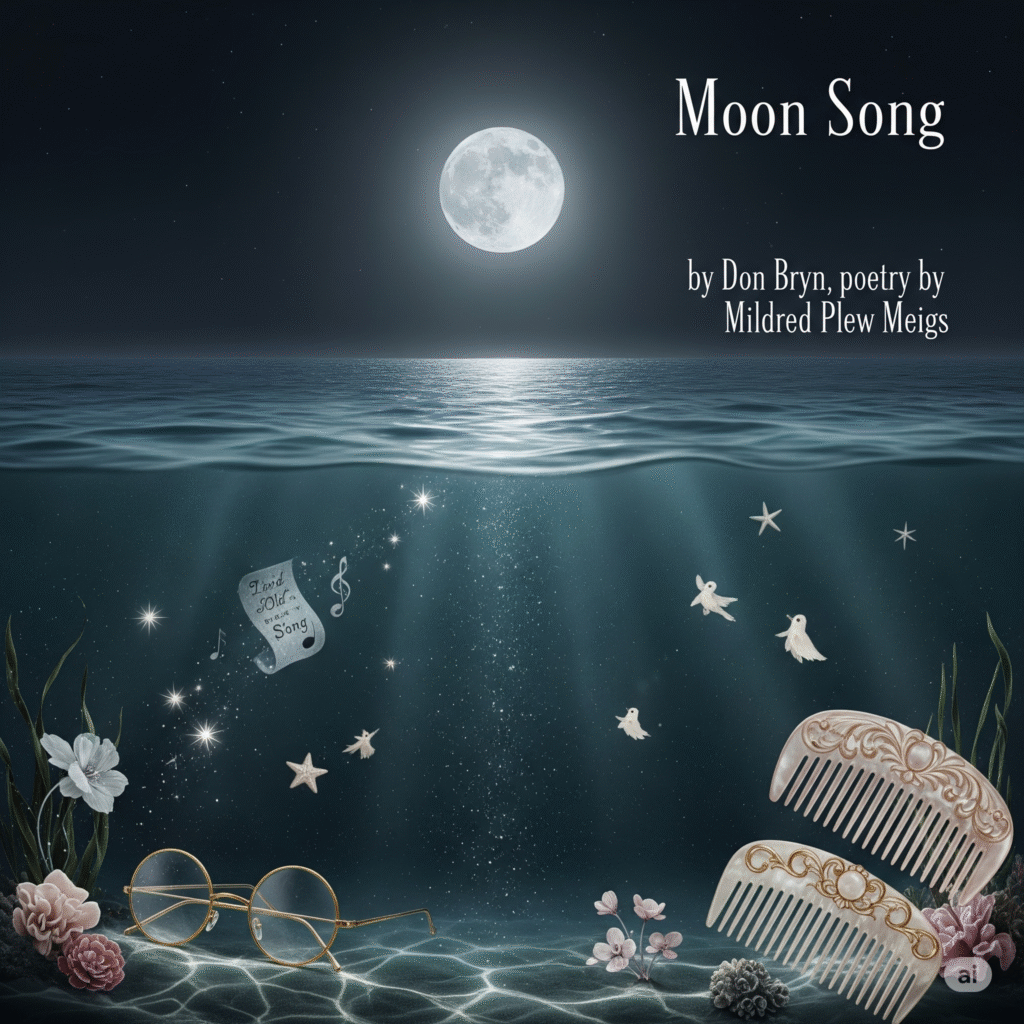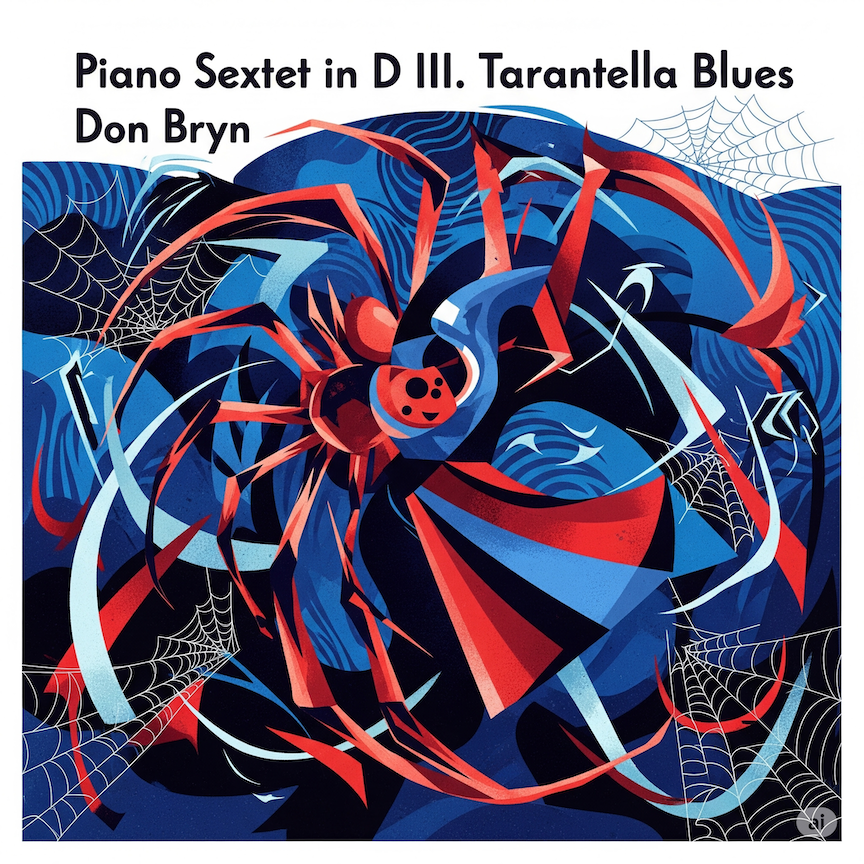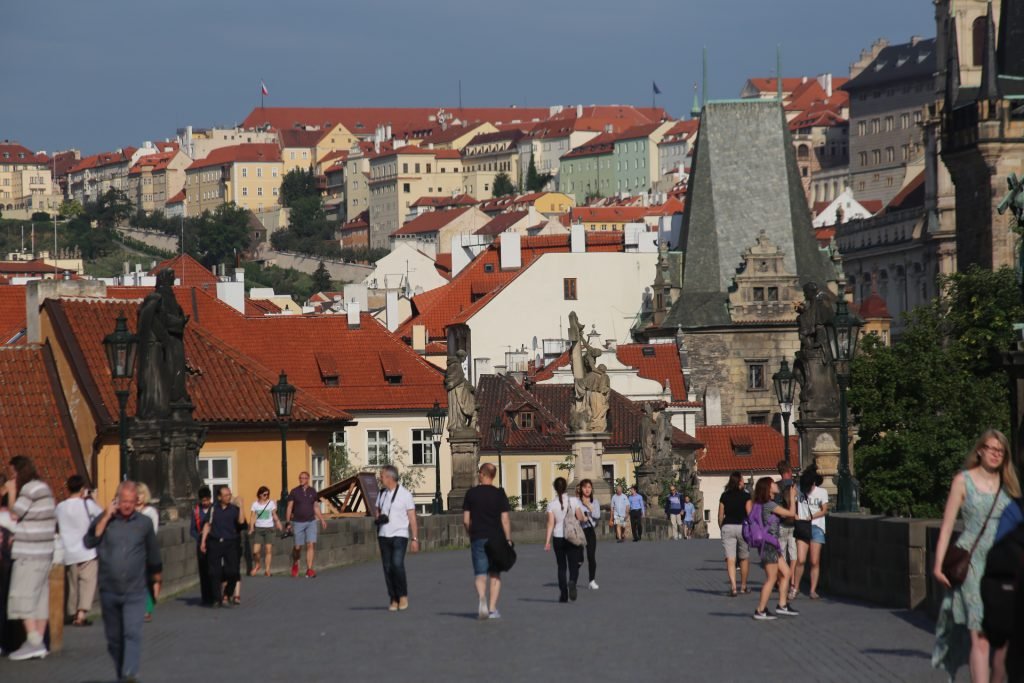
The idea of a music tour in Prague is a great idea. Just not maybe for the month of July!
My friend Michael and I decided it was time to make a trip to Europe. We both enjoy cafe-style living, which is almost impossible to find in the USA, so we chose Prague. It’s a wonderful European city with lots of history, interesting architecture, art, music, and most importantly, cafes.
Now when I say interesting architecture, I should specify that I’m not referring to one or two architectural projects that give a city a reputation (think of the Balboa Museum, or the Eiffel Tower). No, I’m referring to the ambiance created simply by being in a city where blocks and blocks of buildings are older than 100 years. Where there are architectural styles from Baroque to Modern, details and art in every block, and an ingrained importance of art, science, and music all being intertwined in the everyday culture. It might be almost subconscious to folks who live in a place like this, but as someone who does not live in such a culture, it definitely influences the psyche in a positive way.
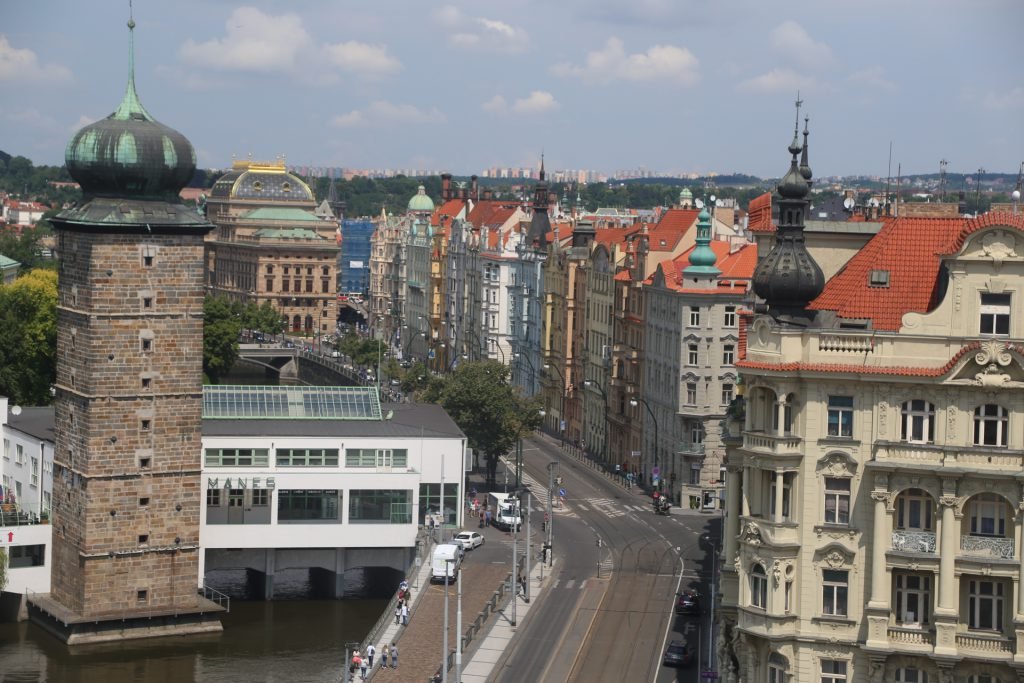
And as for music, the summer is off-season for Classical music in Prague. All of the orchestras, opera, and ballet are on vacation. However, in a marvelously astute fashion, every possible venue has a packed schedule of “pick-up” concerts featuring chamber groups formed from members of all the above ensembles (or if the venue is a church, then the concert might feature organ). Most are one to one-and-a-half hour concerts of generic classical favorites like Eine Kline Nachtmusik (Mozart), Ma Vlast (Smetana), Slavonic Dances (Dvorak), A divertimento by Mozart, and of course, The Four Seasons (Vivaldi). You would be hard-pressed to find ANY concert that did not include a few movements from this ancient set of concertos.
One of the concerts actually advertises Carmona Burana on the program, which was quite confusing because the ensemble was a string quartet! How is a string quartet going to perform a piece written for a huge orchestra plus choir plus TWO pianos!!??? Eventually I came to the realization that many pieces on all of the programs in Prague are transcriptions or arrangements of large-ensemble pieces.
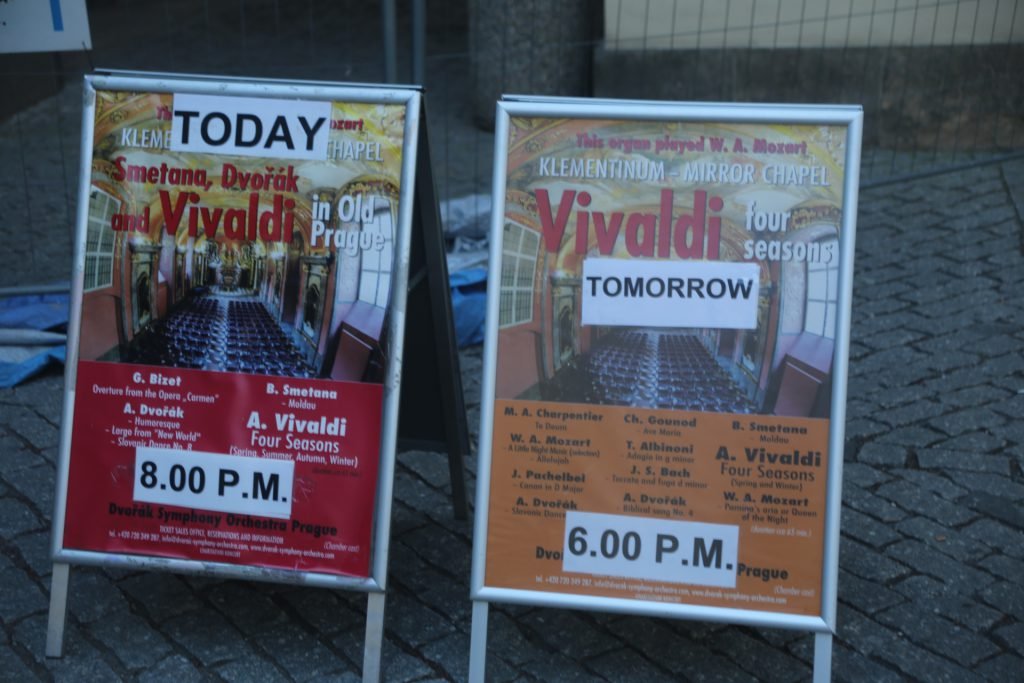
Vía Música has a great website for searching all of the entertainment in Prague (https://www.pragueticketoffice.com). The concerts are listed by date, but after a few minutes you realize that many of the concerts are the same performance repeated many times over. After taking the time to organize the concerts in my own spreadsheet, it became much more manageable and I was able to piece together a simpler list of concerts from which Michael could choose. At first he was a little offended when I described the concerts as “generic” and “pick-up”, but after I explained the difference between concerts for art music and concerts for tourists, as well as explaining that I wasn’t insulting the musicians, he acquiesced.

Michael likes pretty melodies, and is quite content to hear the same pieces over and over. I would rather pay money to hear something I’ve never heard before, but since there were no concerts fitting that criteria, I left it up to him to pick which concerts we would attend. But then we both decided the reason to pick concerts would be the venue. Since the music was generic and pretty much the same in every location, we would pick the venues we wanted to see and then attend a concert in that location.
We choose the Mozart dinner at the Boccaccio Hall in the Grandhotel Bohemia, and “Smetana, Dvorak and Vivaldi in Old Prague” at the Klementinum Mirror Chapel, which is the concert I am reviewing here.
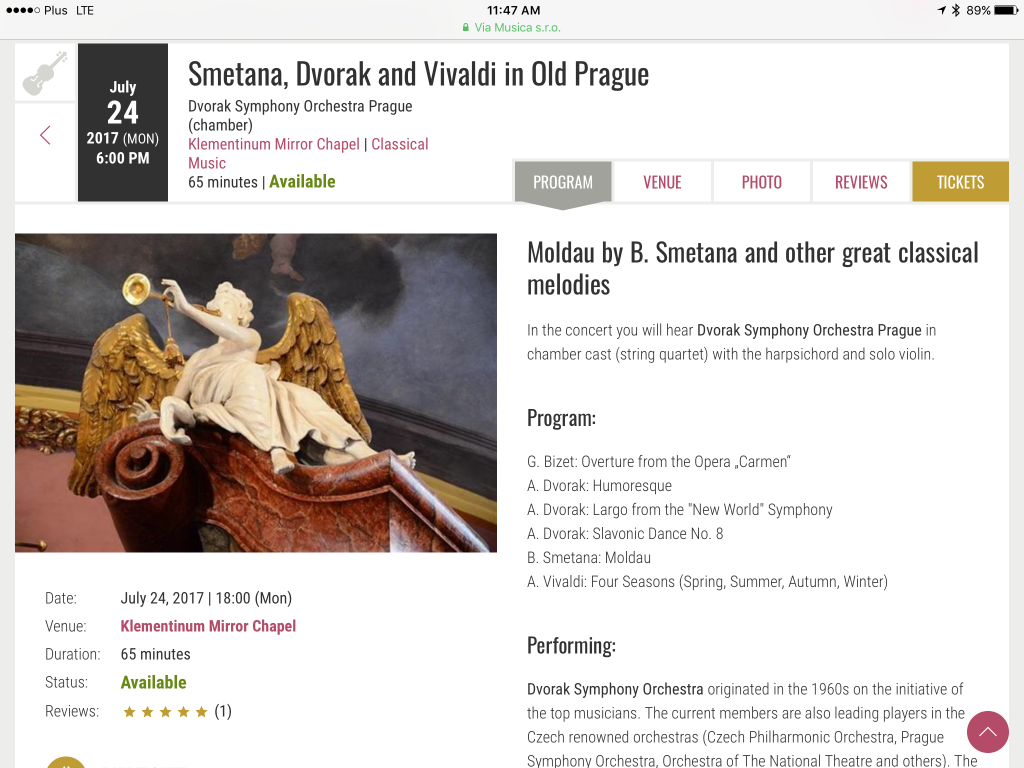
“Smetana, Dvorak and Vivaldi in Old Prague”
Klementimum Mirror Chapel, July 9, 2017:
Tickets were 700 Czech Koruna or about 30 USD. This is an evening concert featuring a string quintet, harpsichord, and violin soloist performing the following program:
G. Bizet: Overture from the Opera „Carmen“
A. Dvorak: Humoresque
A. Dvorak: Largo from the “New World” Symphony
A. Dvorak: Slavonic Dance No. 8
B. Smetana: Moldau
A. Vivaldi: Four Seasons (Spring, Summer, Autumn, Winter)
It is important to note that all of these pieces besides the Vivaldi are transcriptions or arrangements of pieces for larger ensembles, and that the Vivaldi was the only piece that sounded appropriate in this venue.
The chapel is beautiful, though very reverberant. Any music with thick harmonies sounded thick and muddy, so all of the romantic music from the program was too dense. Only the Vivaldi sounded fairly clear, though on the first few movements of even that, the volume of the cello was still a bit overwhelming.
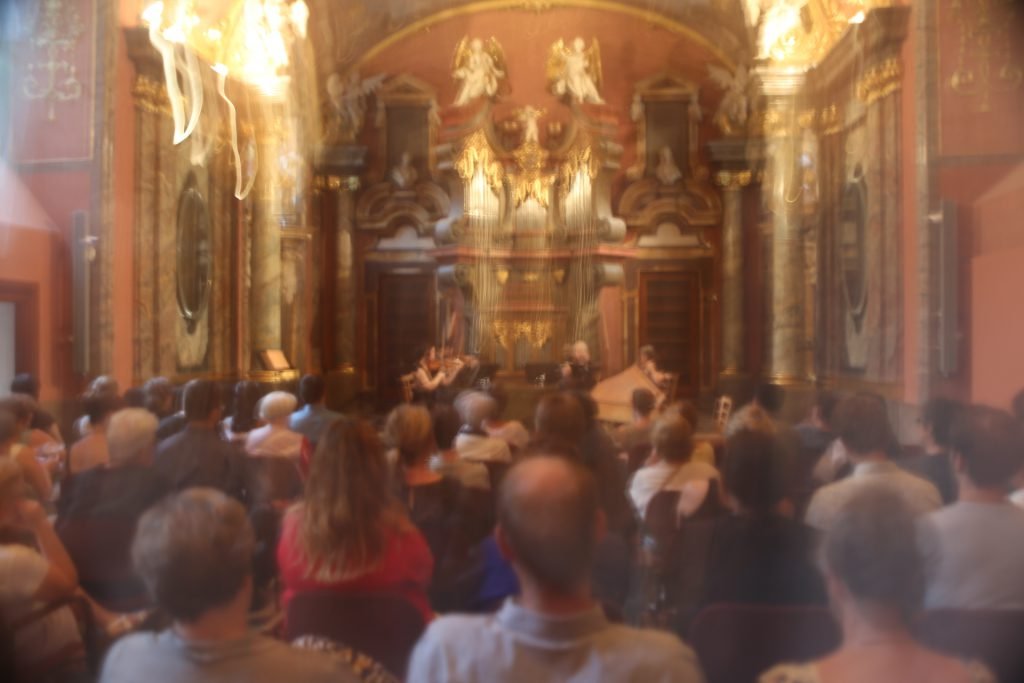
Before I go any further I should explain that all of the musicians were marvelous. The performance could not be critiqued in any way related to the musicianship or ability of the players. Except for the Vivaldi, it was rather like listening to a great string quintet at a wedding: All popular classical pieces re-arranged for small ensemble. Generally nicely arranged but not exactly high art nor idiomatic. And like many weddings, the venue was not exactly designed for the music!
When we finally got to the Vivaldi, The violin soloist and harpsichordist joined. The volume of the harpsichord was perfect, the clarity of this piece made it much more listenable in the venue, and the ensemble was very balanced and musically cohesive. I haven’t listened to the Four Seasons in a long time, so I was pleasantly surprised with my ability to listen without getting bored as I often do with over-played music that is 400 years old.
Please forgive my modern music snobbery.
I forgot for a little while that this piece is in fact four separate concertos, only remembering after the first 3 movements had passed and I recognized the series of tempos did I remember there would be 12 movements. The tourist audience of course had no clue that there were movements at all and clapped at every pause–The musicians were still very gracious, though only acknowledged the applause between the concertos, as was appropriate. After the first four movements, the audience was completely surprised that the concert was not over. Little did they know they had another 8 movements to go!
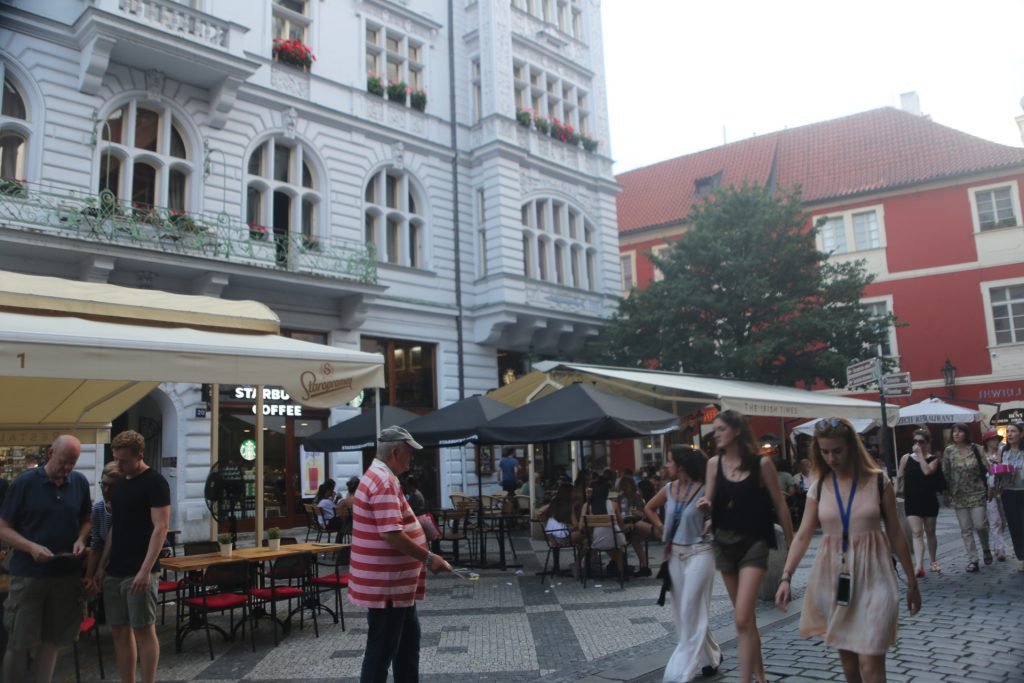
I am very pleased to have heard the Vivaldi again. I remember now how unique is this piece for the time period: The use of programmatic ideas, more change in texture and dynamic than I remembered, faster movements with slow-ish intros, etc. . . It was quite enjoyable and made the concert worthwhile to me.
In conclusion, If you are accustomed to hearing pristine performances in spaces appropriate to the music, or if you want to hear any music from the past 130 years or music on the instruments for which it was written, then these concerts are not for you. If you plan on visiting any of these venues as a tourist then you might as well do so during a concert. I you want to hear some pretty melodies then by all means take in as many concerts as you wish. After all, the musicianship is superb and you will be supporting them with extra work in their off-season.
